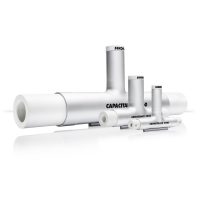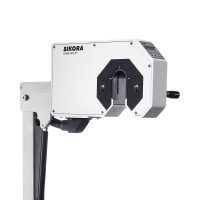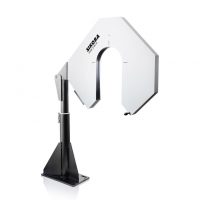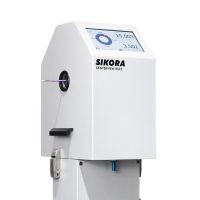Prediction of return loss / structural return loss in data cables, signal and control cables
Signal reflections on a data link can have various causes, be it improper installation, mechanical loads or the combination of unsuitable components. The possible reflection of the cable itself, which is determined to a large extent by the 4 basic parameters of the cable theory, can, however, already be checked and predicted during production.
Procedure
The most commonly used method for checking the quality of data and high-frequency cables is to measure the return loss of a cable length as a function of the operating signal frequencies that will later be transmitted on the cable. The return loss (also referred to as SRL in English) represents the ratio – expressed in dB – between the signal fed in and the signal components reflected along the entire cable length to the input.
SRL prediction and FFT analysis
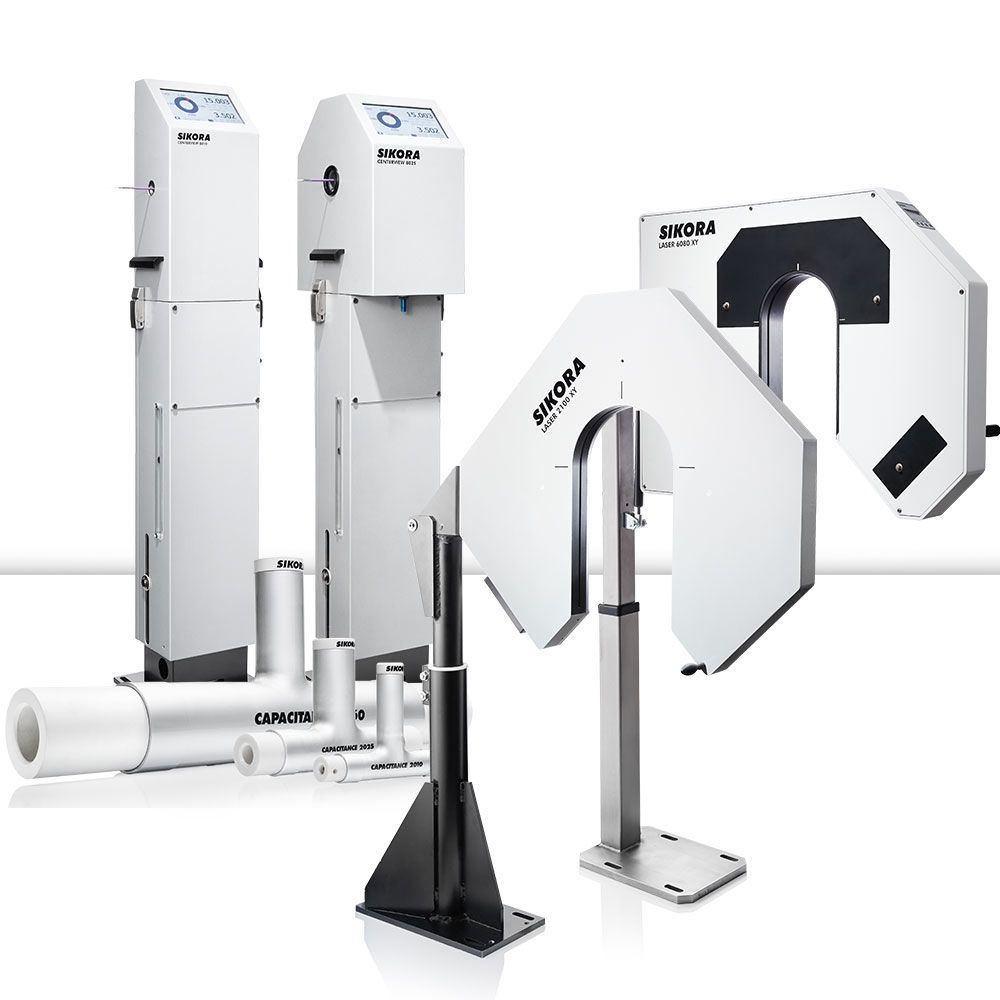
In order to optimize cable quality as well as reduce scrap, it is therefore highly desirable to know the effects of periodic irregularities on the subsequent return loss of the finished cable as early as possible in the production process.
Prompt prediction of return loss during extrusion of a cable or core from measured short-term data, such as cable capacitance or diameter values, provides corresponding information. This prediction method is based, especially with regard to the online requirement, quite substantially on the Fourier transform according to the FFT algorithm already mentioned.
SIKORA measuring devices with SRL prediction
Powerful digital signal processors are standard in all SIKORA gauge heads, such as the CENTERVIEW 8000, the LASER Series 2000, the LASER Series 6000 and the CAPACITANCE 2000. The computing power available in the gauge head allows the integration of a digital FFT spectrum analyzer and the prediction of the return loss directly in the gauge head. The analysis is performed where the diameter, eccentricity or cable capacitance measurements are available with high temporal and amplitude resolution and high precision with minimal measurement noise. A problematic (usually analog) transmission of sensitive single measured values to external analysis systems for FFT and Structural Return Loss (SRL) is therefore not necessary.

